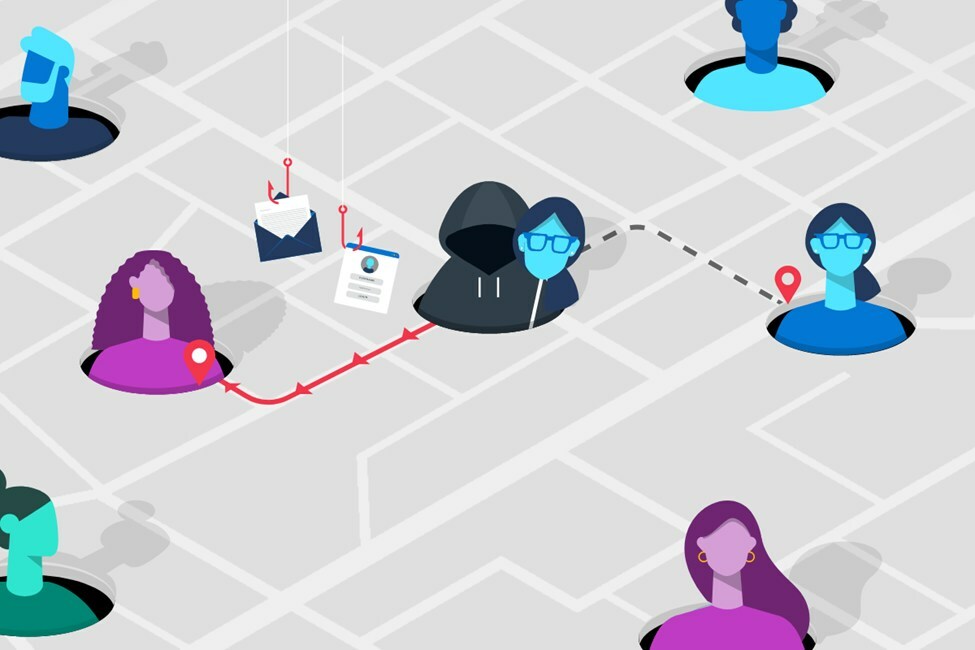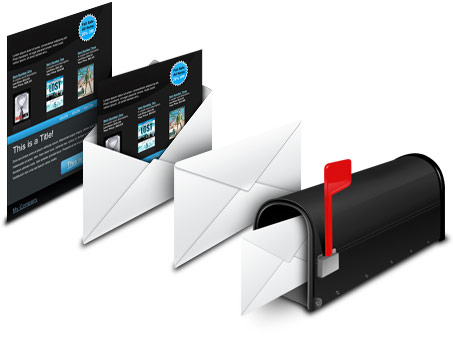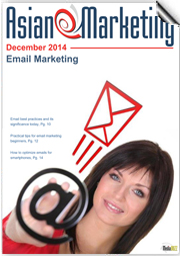- You are here:
-
Home

-
Asian e-Marketing

-
November 2012 - Email & SMS Marketing

- Deliverability in Email Marketing
-

Zero in with ABI’s Research Spotlights on research that is critical to your success
The global technology intelligence firm ABI Research just announced the release of Research Spotlights, suites of research focused on key technologies and trends within the vast ABI Research Library.
-

Revealed: The most creatively effective digital & TV ads in Southeast Asia
The marketing data and analytics company, Kantar, revealed the winners of the 2023 Creative Effectiveness Awards in Southeast Asia, recognizing the most impactful ads of last year.
-

5 Ways Earnest EQ Supercharges Marketing, Advertising, Branding & Comms Strategies
A 2023 Emotional Intelligence Market study citing “heavy growth” of $49.93 billion USD by 2027 exemplifies the extent to which mastering “EQ” versus IQ is taking brands to exciting new levels of success … and why not embracing EQ can result in extreme opportunity loss or, far worse, be an outright brand buster. This as today’s highly discriminating and demanding marketplace is seemingly rife with substitutable solutions. Whether the B2B or B2C sector, more often than not today’s consumers have alternate options—and they know it.
-

Artificial Intelligence key in analyzing trends in fraudster behavior
A new study from Juniper Research forecasts that the greatest merchant losses to fraud will be via remote physical goods purchases, with losses reaching $5.1 billion across emerging markets in 2028, up from $1 billion in 2023.
-

Challenges organizations face to be ready for a safe post quantum computing future
DigiCert released the results of a global study at its annual Trust Summit conference, exploring how organizations are addressing the post-quantum computing (PQC) threat and preparing for a safe post-quantum computing future.
-

Strategic merger of three digital technology firms in Asia
Three prominent digital services companies in Asia – Digile Technologies, Reveron Consulting, and Innopia Global – have merged to create a digital services powerhouse with a formidable presence in the Asian region.
-

Appier integrates GenAI into its products to optimize key marketing applications for businesses
Appier announces that it has integrated Generative AI (GenAI) technology into three major marketing capabilities across its product lines. By connecting its advanced GenAI algorithms with OpenAI's ChatGPT language model, Appier can leverage the power of pioneering technology to help businesses increase productivity through advertising keywords and targeting parameters generation; intelligent conversational chatbot creation; and marketing copywriting and automatic content generation.
-

KAWO’s "Guide to China Social Metrics" helps marketing teams translate KPIs into business success
KAWO, the leading social media management platform in China, has launched its 2023 “Guide to China Social Metrics.”
-

Microsoft Cyber Signals report highlights spike in cybercriminal activity around business email compromise
Microsoft has released its fourth edition of Cyber Signals, highlighting a surge in cybercriminal activity around business email compromise (BEC), the common tactics employed by BEC operators, and how enterprises can defend against these attacks.
-

Alibaba Cloud unveils new AI Model to support enterprises' intelligence transformation
Alibaba Cloud, the digital technology and intelligence backbone of Alibaba Group unveiled its latest large language model, Tongyi Qianwen.
-

API Security Company Neosec acquired by Akamai Technologies
Akamai Technologies, Inc. announced entering into a definitive agreement to acquire Neosec, an API detection and response platform based on data and behavioral analytics.
-

SenseTime Launches "SenseNova" Foundation Model Sets and AI Computing Systems, Advancing AGI Development
SenseTime hosted a Tech Day event, sharing their strategic plan for advancing AGI (Artificial General Intelligence) development through the combination of "foundation models + large-scale computing" systems. The leading AI software company is focused on creating a better AI-empowered future through innovation and committed to advancing the state of the art in AI research, developing scalable and affordable AI software platforms that benefit businesses, people and society as a whole.
-

With new brand identity. LG aims to actively communicate with customers beyond generations and locations
LG Electronics (LG) unveiled a new brand direction and visual identity, which will shed more light on the value of Life's Good with a more dynamic and youthful look across all physical and digital customer touch points.
-

Yahoo DSP advertisers now have access to low carbon PMPs
Yahoo and purpose-led ad platform Good-Loop announced a global partnership offering carbon neutral private marketplace (PMP) media opportunities to advertisers to help them become more sustainable.






















 Deliverability is a broad term that encompasses everything that has to do with the process of e-mail notification to the subscriber. Problems with deliverability increase, for instance, when an e-mail address no longer exists or the destination network is just not available due to maintenance issues.
Deliverability is a broad term that encompasses everything that has to do with the process of e-mail notification to the subscriber. Problems with deliverability increase, for instance, when an e-mail address no longer exists or the destination network is just not available due to maintenance issues.




































